1. Overview of Jade Emperor Pagoda Saigon
Ho Chi Minh City is a bustling urban with many skyscrapers and outstanding buildings. Moreover, the city also attracts visitors because of its historical and cultural attractions. One of them is Jade Emperor Pagoda Saigon also named Lucky Sea Temple (Phuoc Hai temple built many years ago. The pagoda is full of prayers coming to wish for peace and luck. Visitors can explore the legend of the Jade Emperor, the practice of Buddhism in Vietnam, and the pagoda’s architecture here.
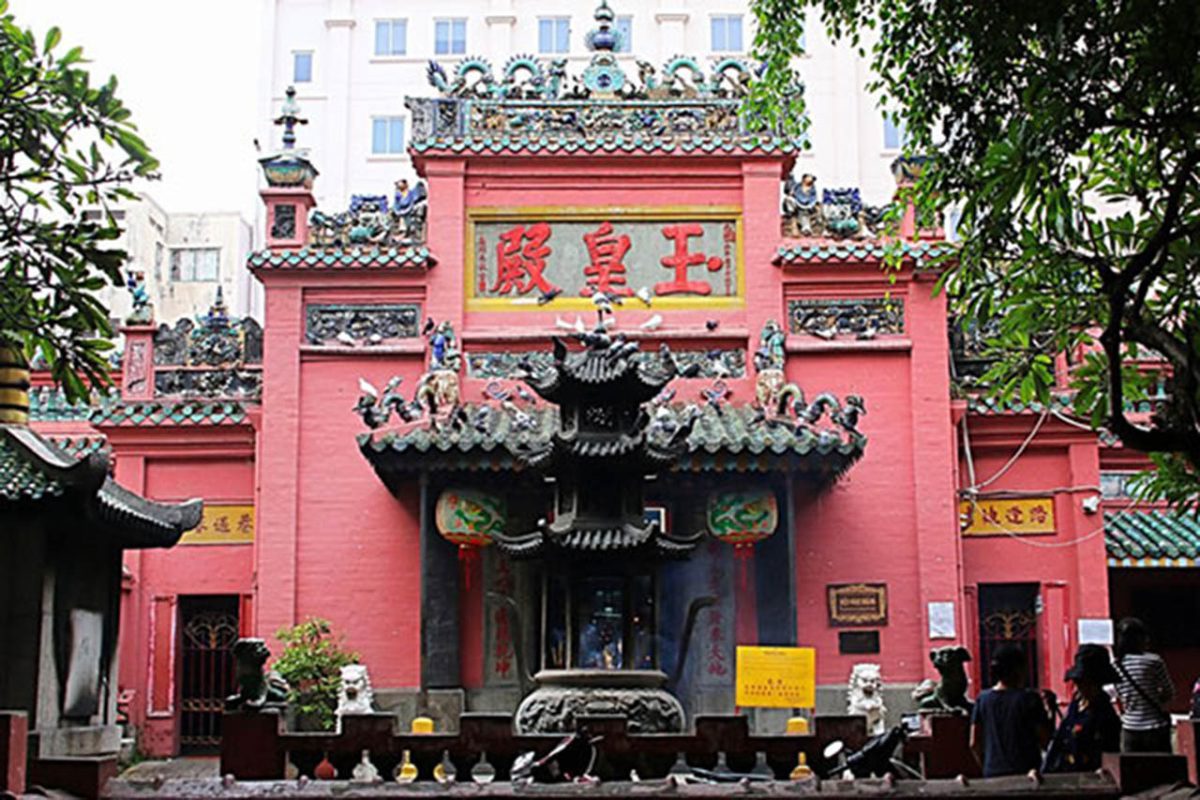
Location
Jade Emperor Pagoda Saigon is located at 73 Mai Thi Luu Street, District 1, Ho Chi Minh City. The pagoda typically opens from Monday to Friday, from 5 am – 6 pm. The opening hours will be up to 7 pm on special occasions following the lunar calendar.
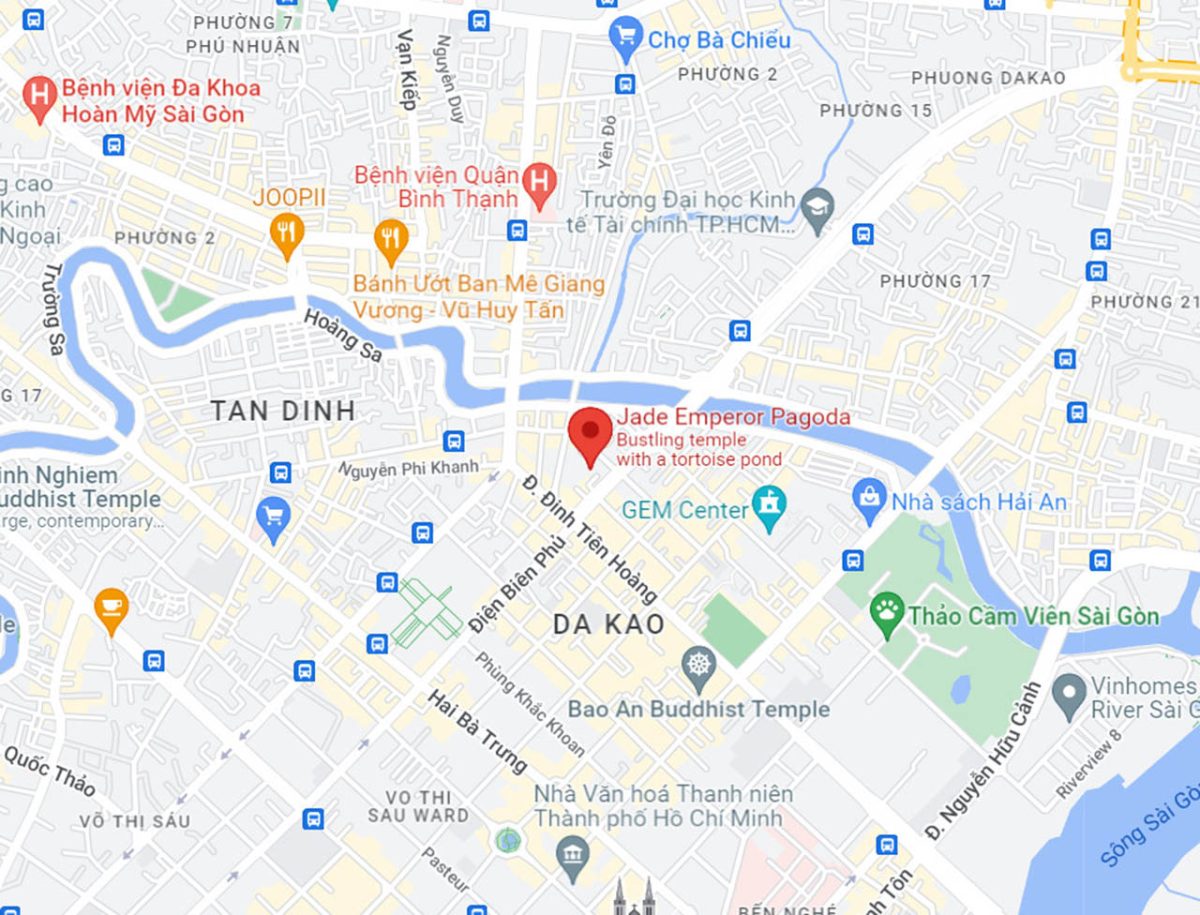
How to get there?
Visitors can take a motorbike or taxi to get to Jade Emperor Pagoda because the place is quite far from the city center.
2. The story about Jade Emperor
The pagoda was named after one of the most powerful gods in Vietnamese and Chinese mythology – the Jade Emperor. He can control the three essential elements, such as the sky, land, and sea. Besides, Jade Emperor creates humankind and other things on Earth. Other gods, goddesses, and angels assist the emperor in protecting his people and nature. Many people believe in his existence and magic, so they worship the Jade Emperor as a mighty god and pray for salvation and good fortune.
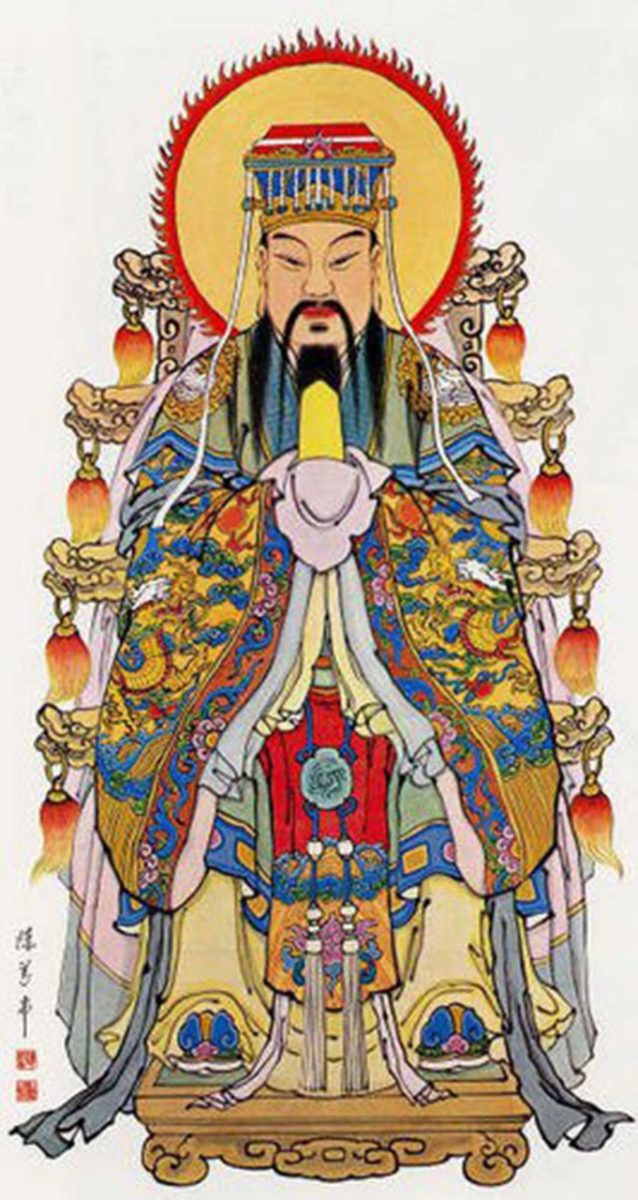
3. History of Jade Emperor Pagoda Saigon
The temple was built at the beginning of the 20th century by a man named Luu Minh, living in Guangdong, China. Because of that, the pagoda followed typical Chinese architecture. At first, people called the pagoda – The Jade Emperor Pagoda to worship the Jade Emperor God.
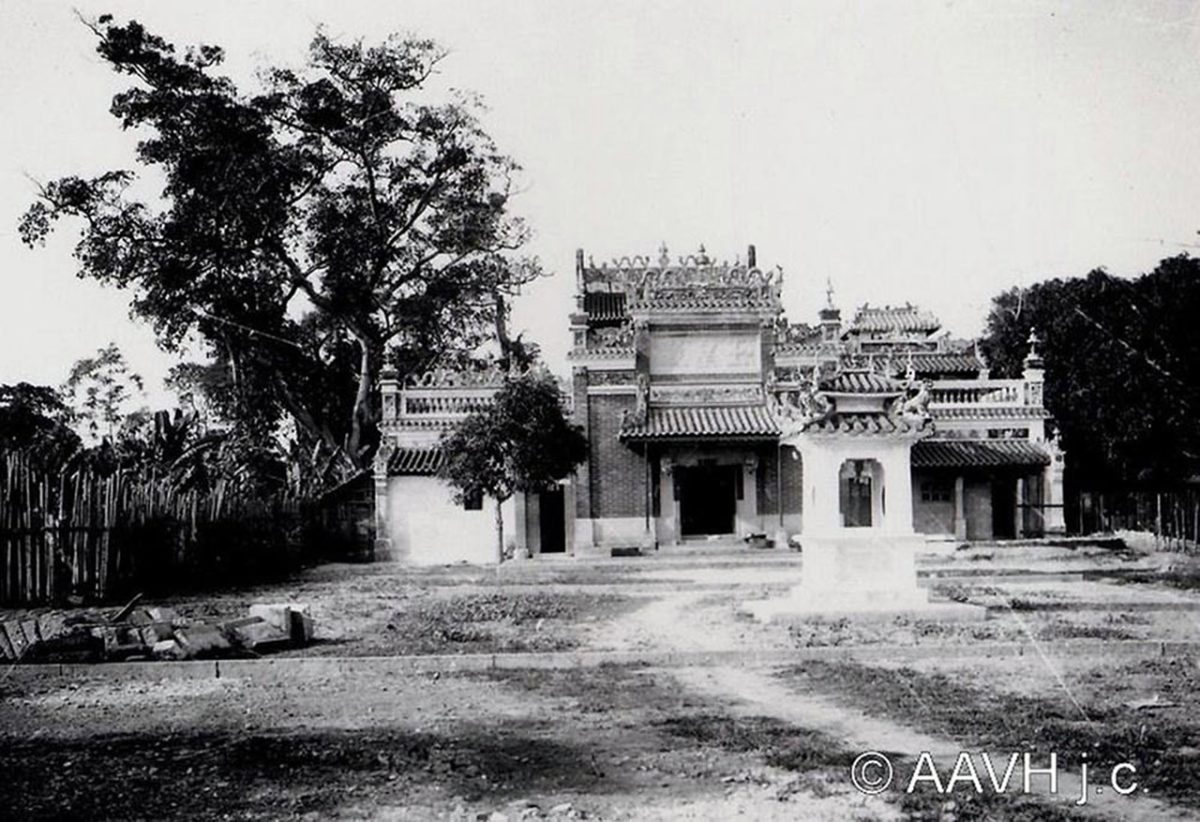
According to many historical documents, Luu Minh built this pagoda to hide his secret from other people. Luu Minh was a follower of the Master religion; however, the Machu government banned this religion. Some members of the organization had to flee abroad, including Luu Minh. To plan to overthrow the Manchu Dynasty, Luu Minh built a pagoda. They pretended to worship but using this pagoda as a secret meeting place.
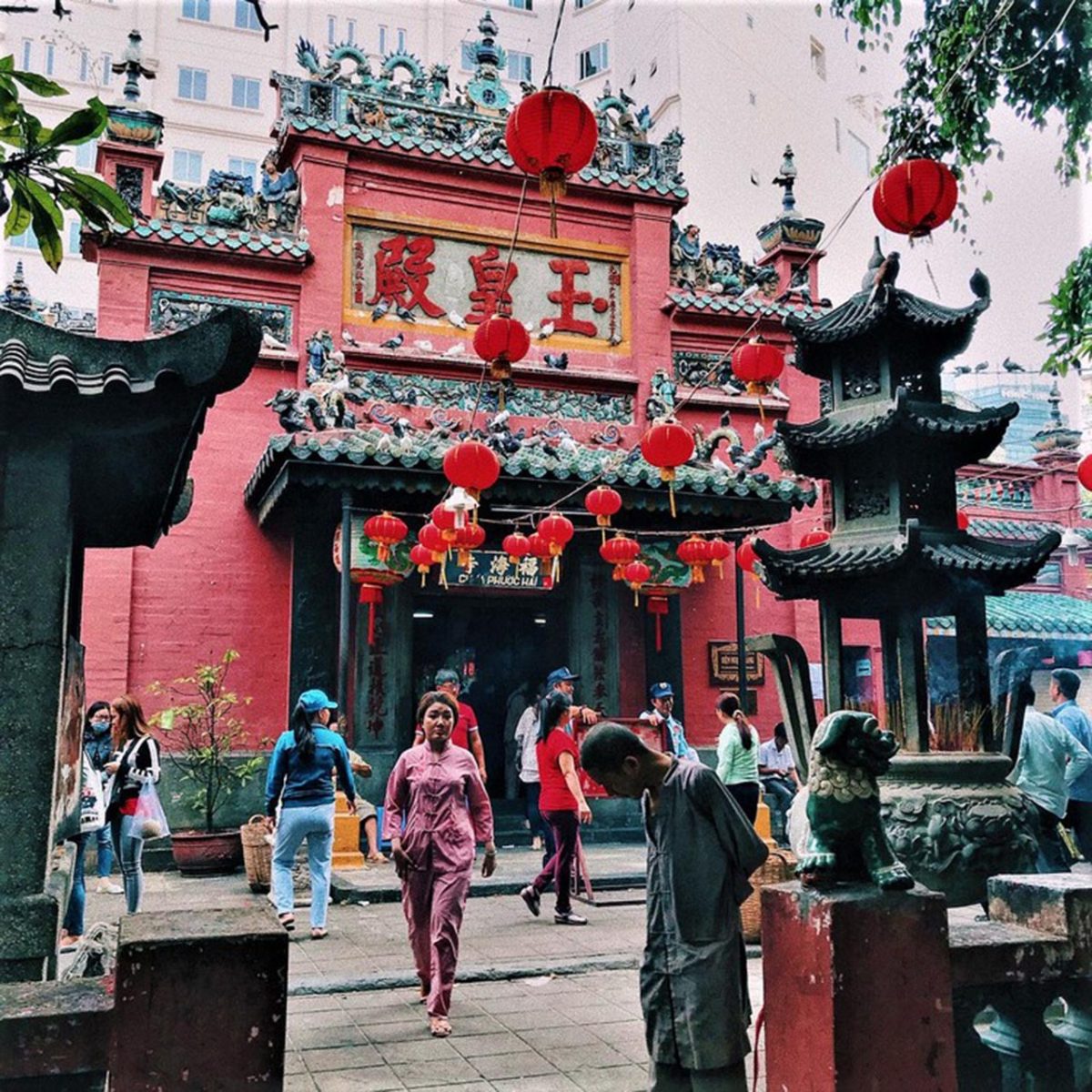
In 1982, Thich Vinh Khuong, a great Buddhist monk, took over the pagoda. Since then, the pagoda has been assigned to the Vietnam Buddhist Association. After that, its name changed to “Phuoc Hai Temple” in 1984. However, many people still call it “The Jade Emperor Pagoda” because it worships the Jade Emperor in the main temple.
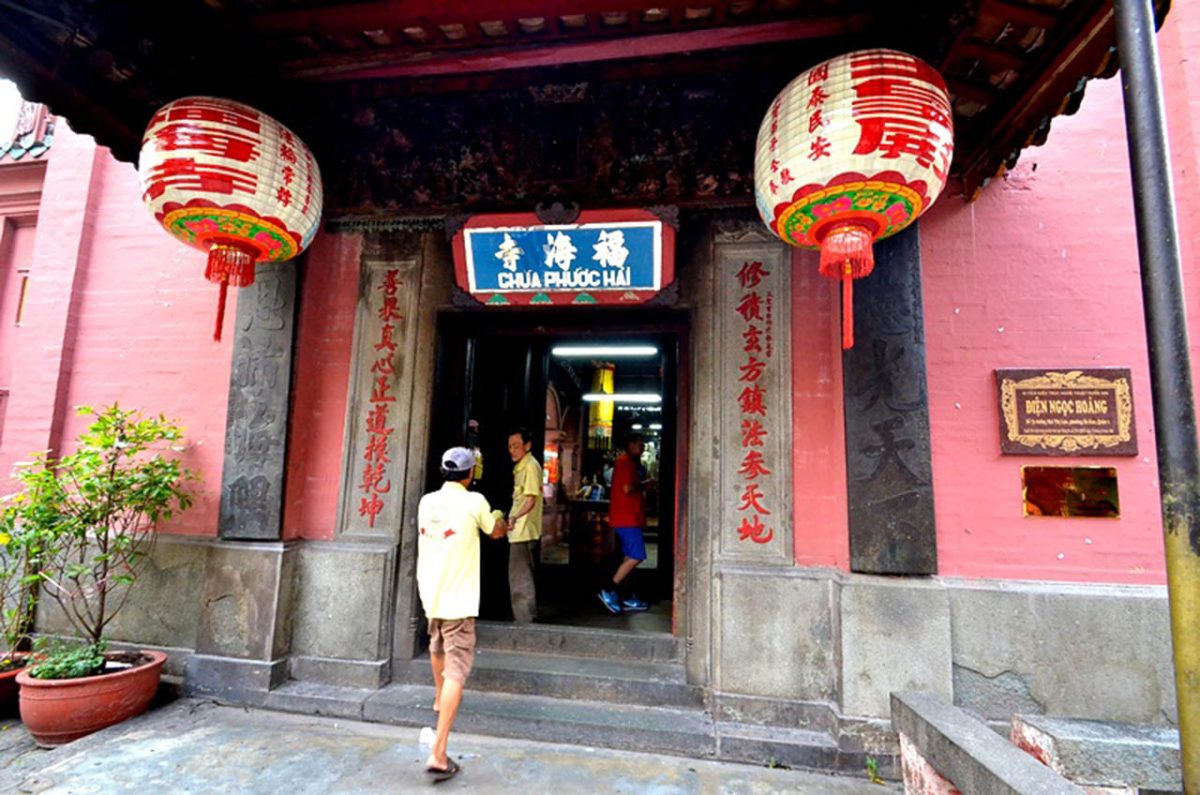
Although this pagoda has undergone 4th restorations, the ancient architecture has remained. The government recognized it as the national architectural artwork in 1994. Especially, on May 24, 2016, Barack Obama, the former President of the US, paid a visit to Jade Emperor Pagoda Saigon. This makes foreign visitors curious about why he chose this temple as the first place to visit in Vietnam.
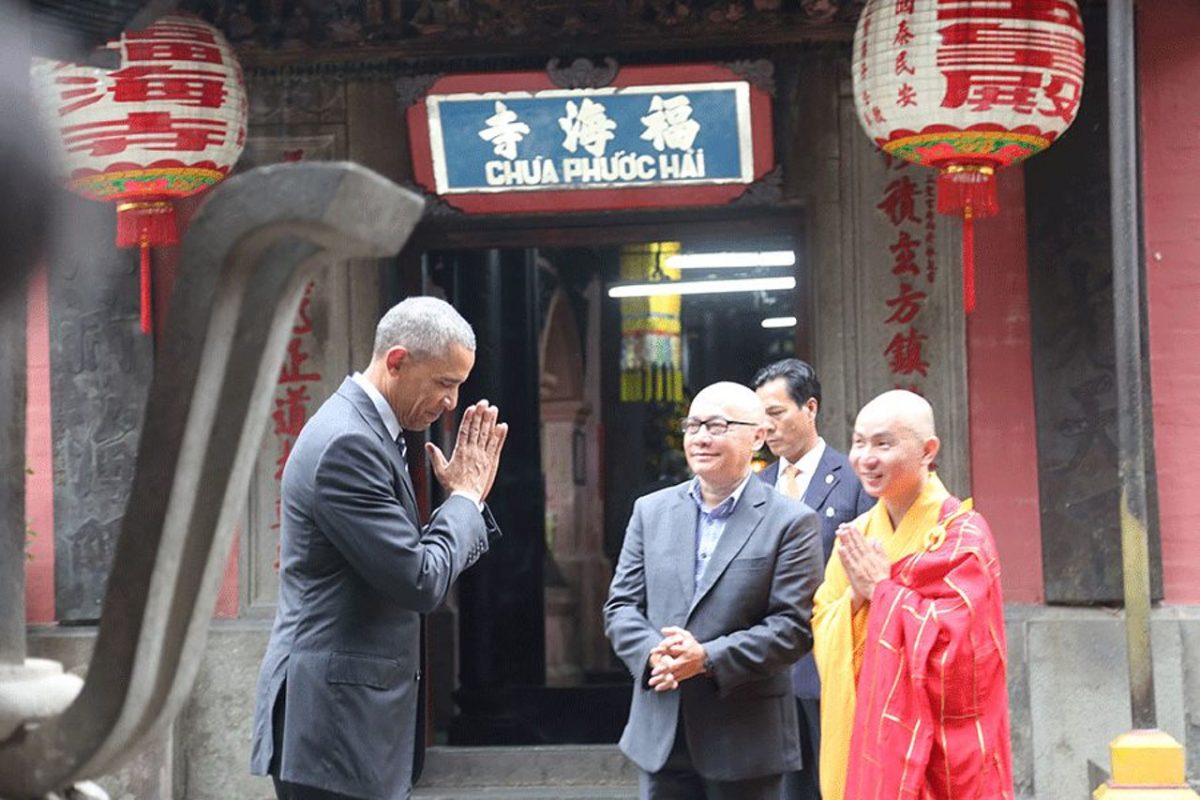
4. The unique architecture of Jade Emperor Pagoda Saigon
Hidden in a tranquil corner of Ho Chi Minh city, the pagoda has ancient and unique beauty with Chinese design, beautiful statues of figurines, and the smell of incense in the air. Many visitors come here to admire the unique beauty of the temple and explore mysterious stories about the sacred pagoda.
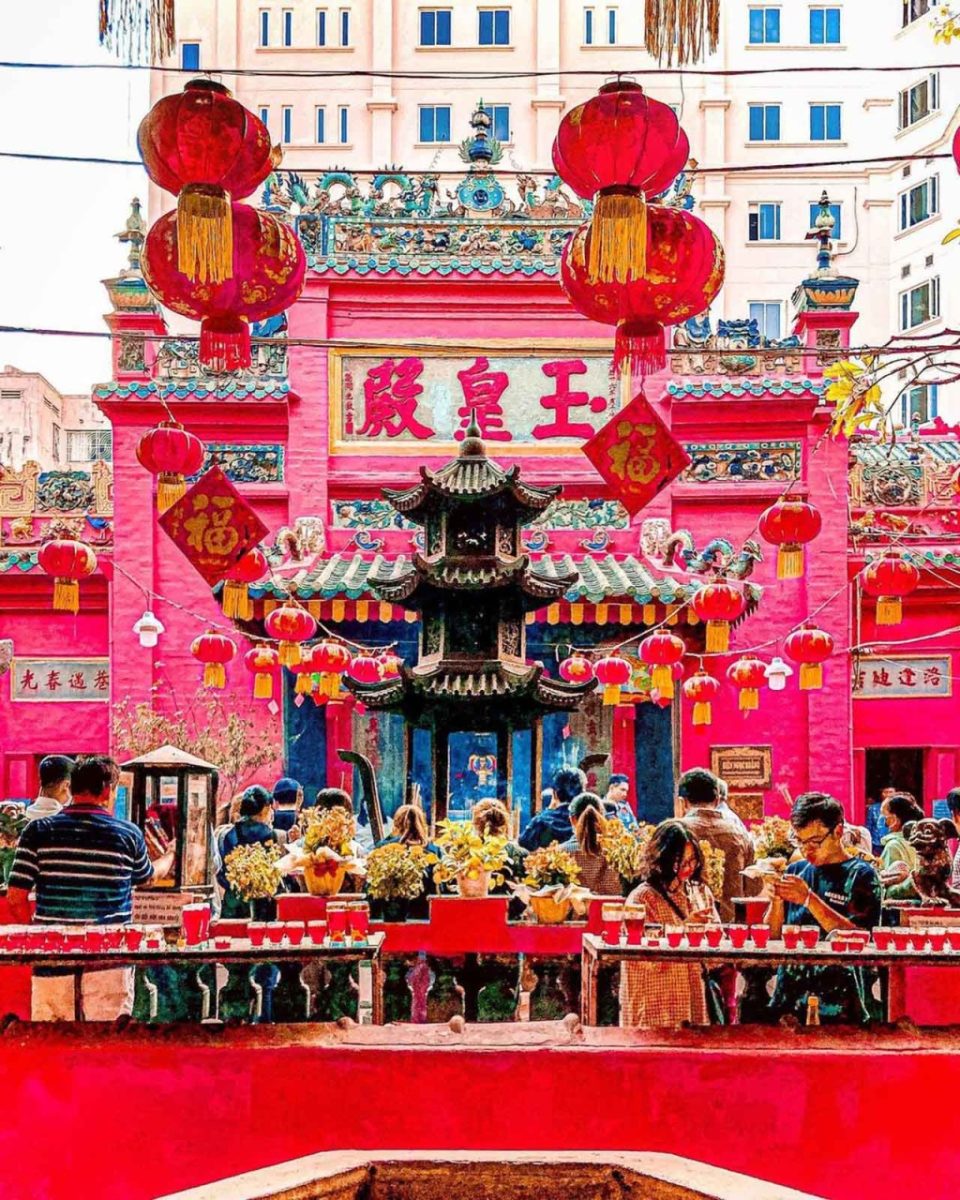
Exterior architecture
The pagoda’s campus is spacious with a total area of 2,300 m2. The place attracts not only humans but many birds. The green oak trees, turtle and fish ponds, and other artificial landscapes create a peaceful atmosphere. There is a small temple to worship the Protector god. In the middle of the yard are a fish tank and a turtle pond that prayers release into.
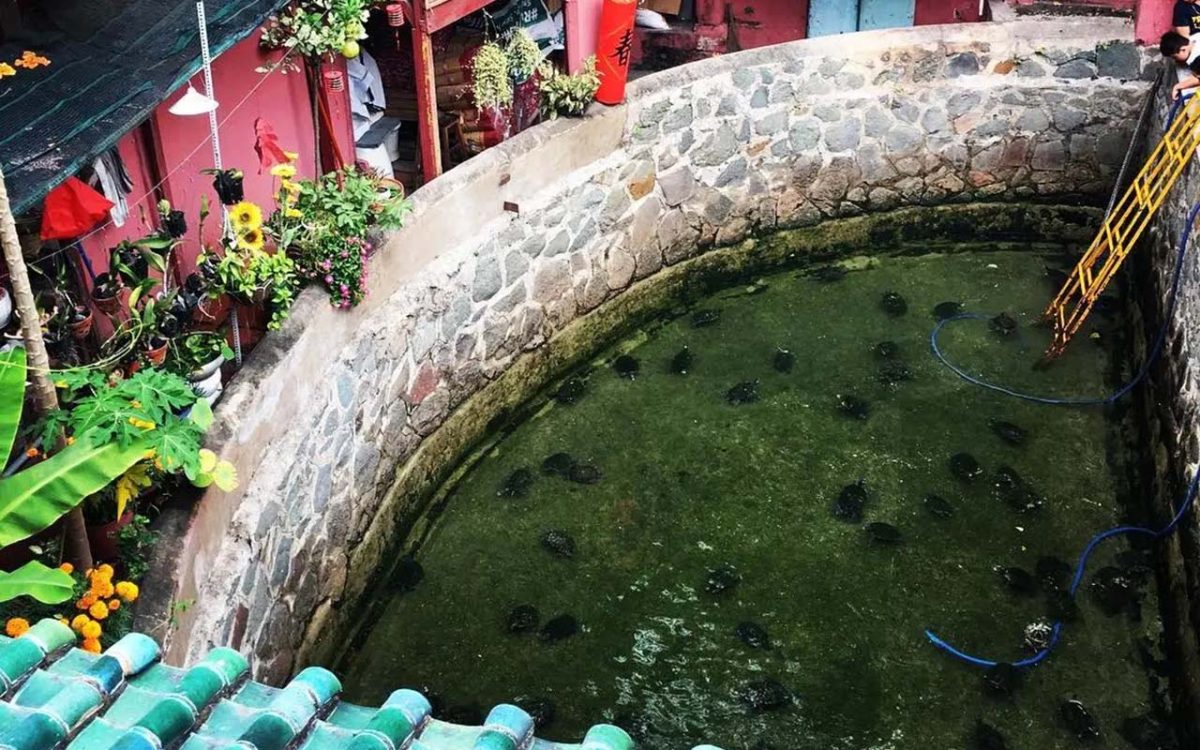
The roof was built with old bricks and tiled with yin and yang tiles. The designer uses colored ceramics to decorate the corners of the pagoda. Moreover, the mascots here look vivid and realistic because they are meticulously carved.
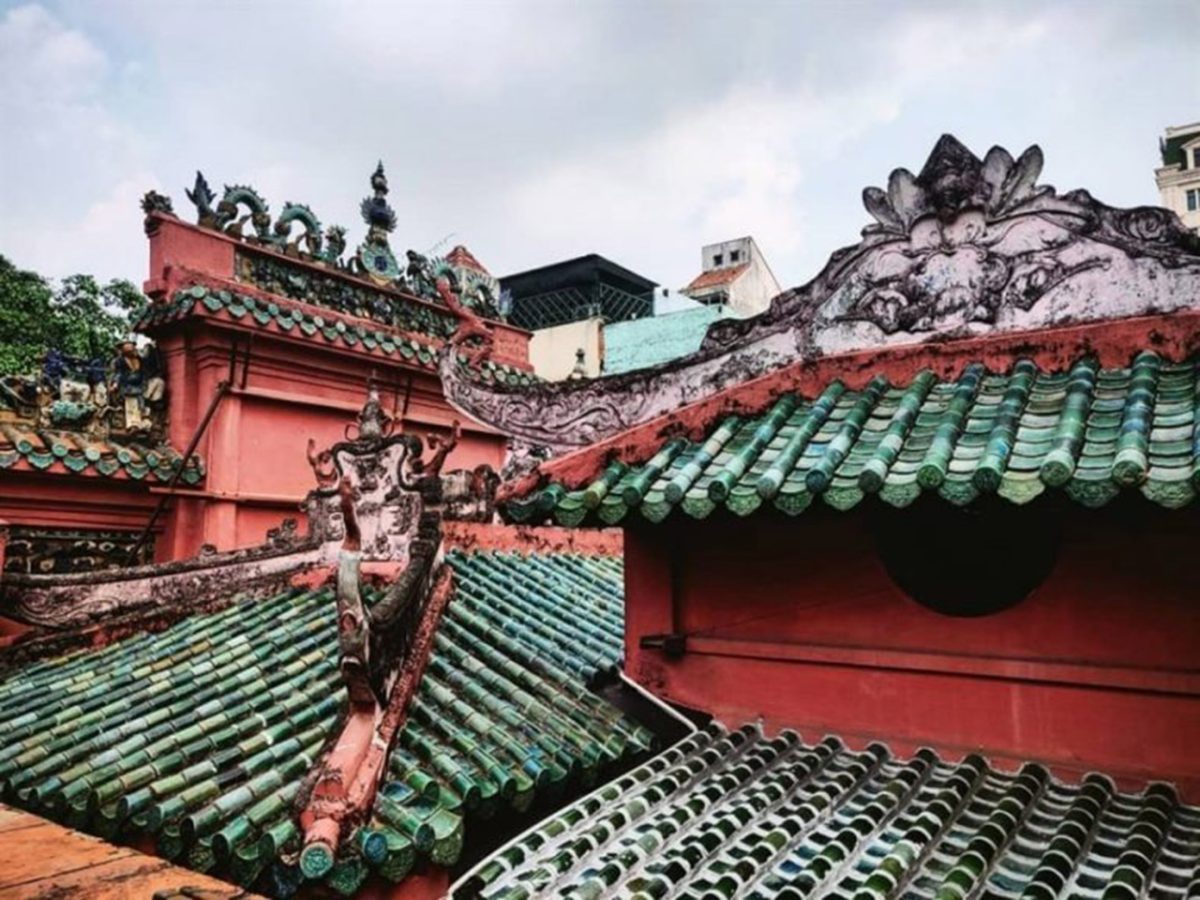
Another feature is the three-door gate with the statues of dragons waving to fight for a pear on top. The pagoda has two entrances; the main entrance is supported by two red concrete pillars and the smaller one. The stone doors have red Chinese inscriptions in a Chinese ancient style.
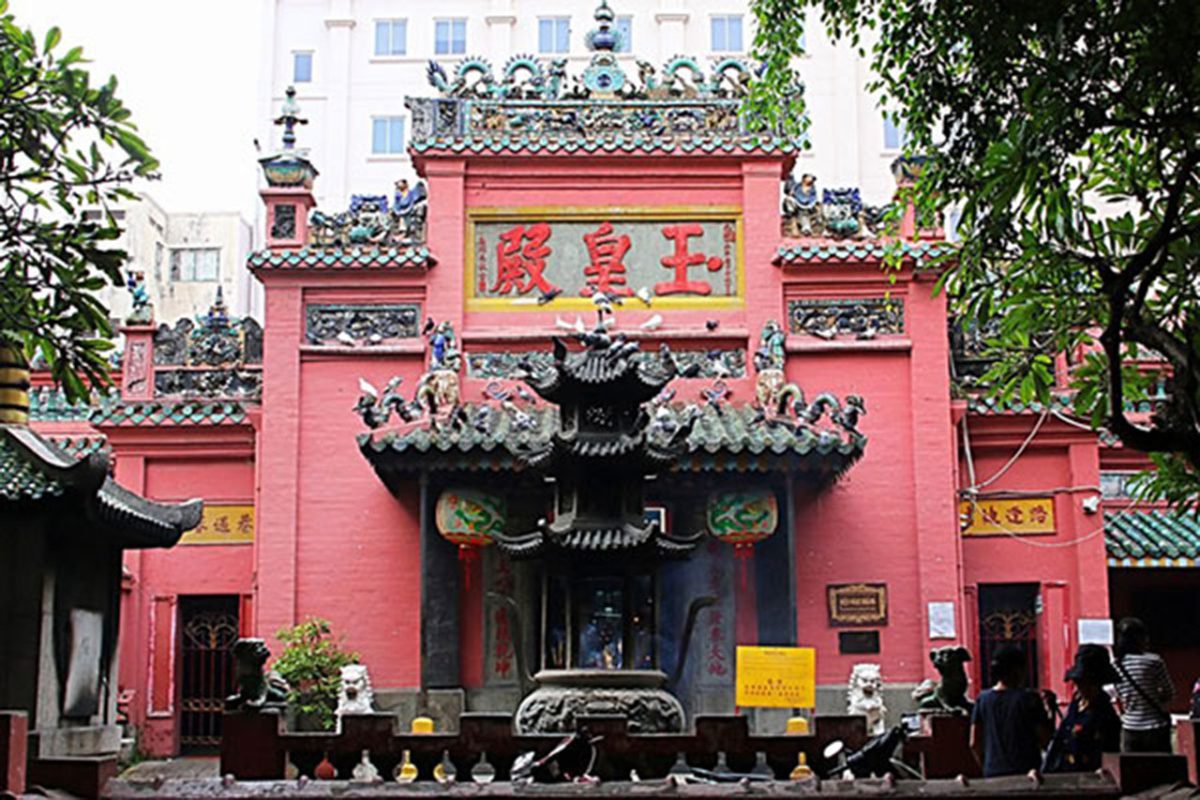
Interior architecture
The interior architecture includes three compartments worshipping different gods and buddhas.
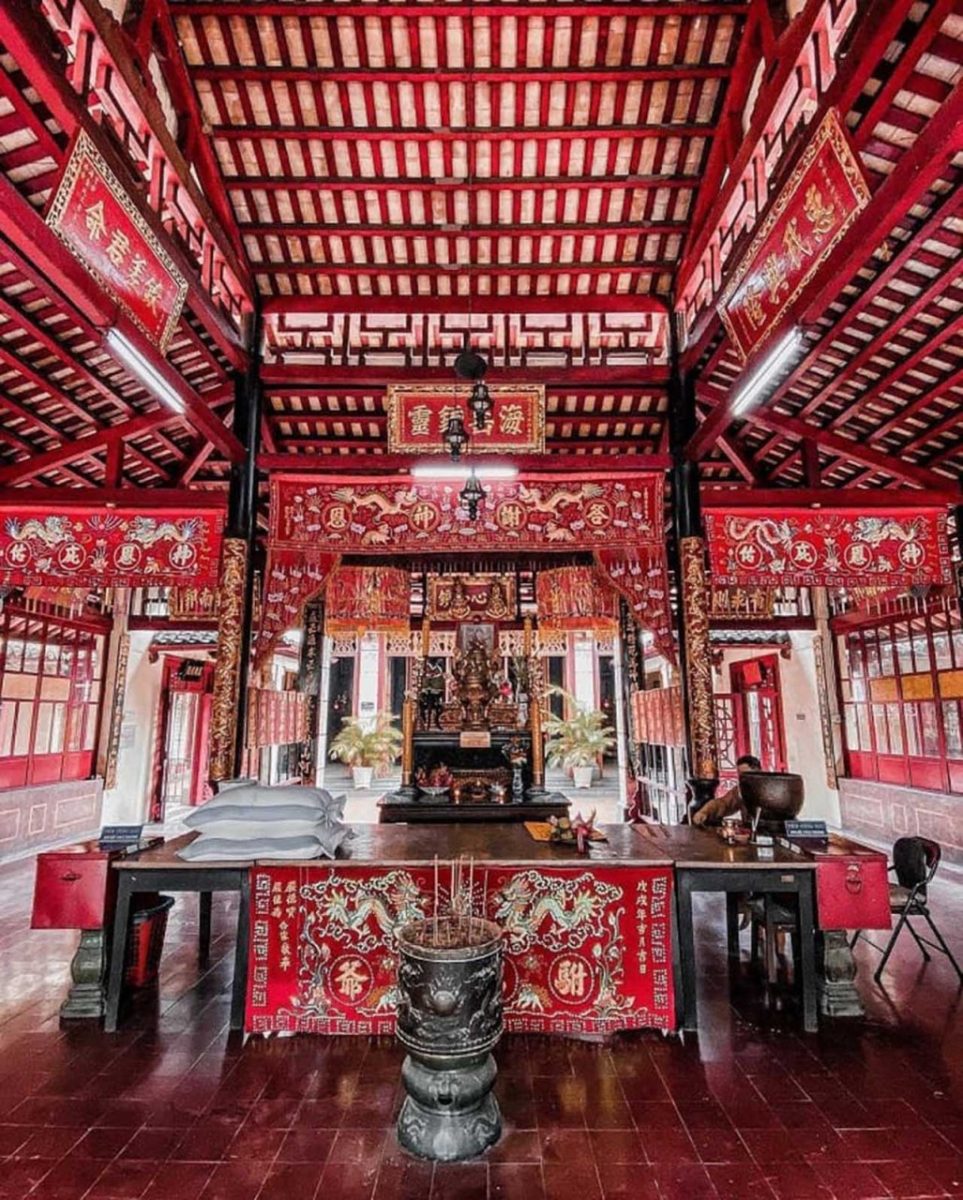
The middle compartment
The middle compartment contains three smaller parts: the front hall, mid-hall, and main hall. The front hall worships the altar of Buddha. People will sing and feast in the front and middle hall on big occasions. The main hall has two wooden statues of tiger-tamed and dragon-tamed gods on both sides. Especially, the Jade Emperor statue is in the center with a heaven army standing to protect him.
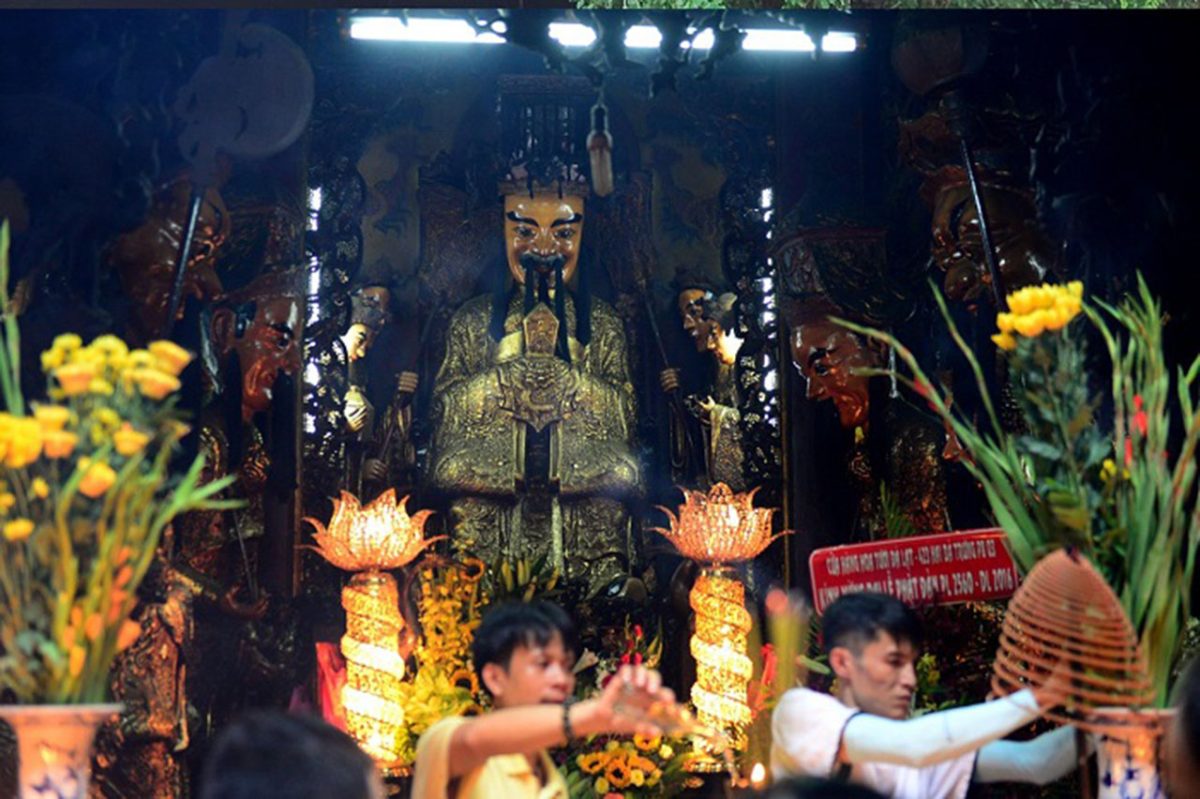
The left compartment
The left compartment has many statues of gods and generals. One of them is the Statue of To and Nguyet, the gods of love. Thus, many people come here to pray for love. Young couples, who are going to get married, can come here to pray for everlasting love. These couples burn the incense and whisper their names and touch the statues. The gods will fulfill their wishes.
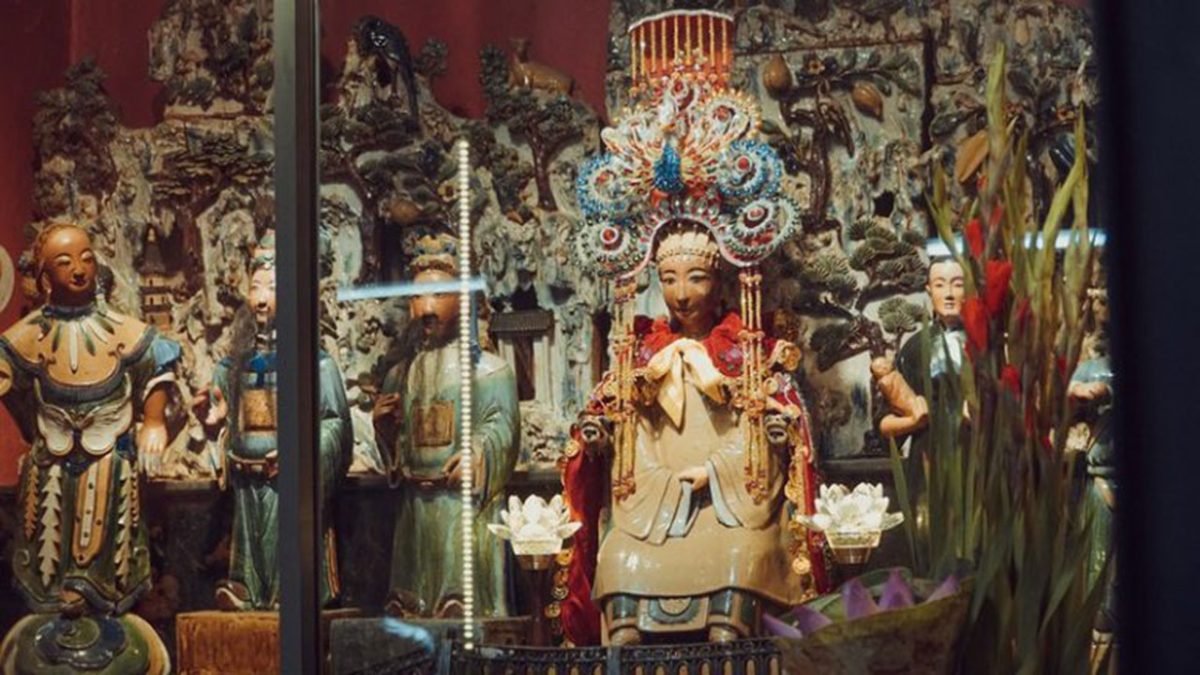
Besides, this compartment also worships the Holy Mother (Kim Hoa Thanh Mau) and 12 midwives in charge of baby delivery. Several infertile couples from different places come and pray for offspring here. Then, many share that their wishes came true, so they went back to buy rituals, incense, and fresh flowers to express their gratefulness to Holy Mother. This place is always crowded, even on weekdays or weekends.
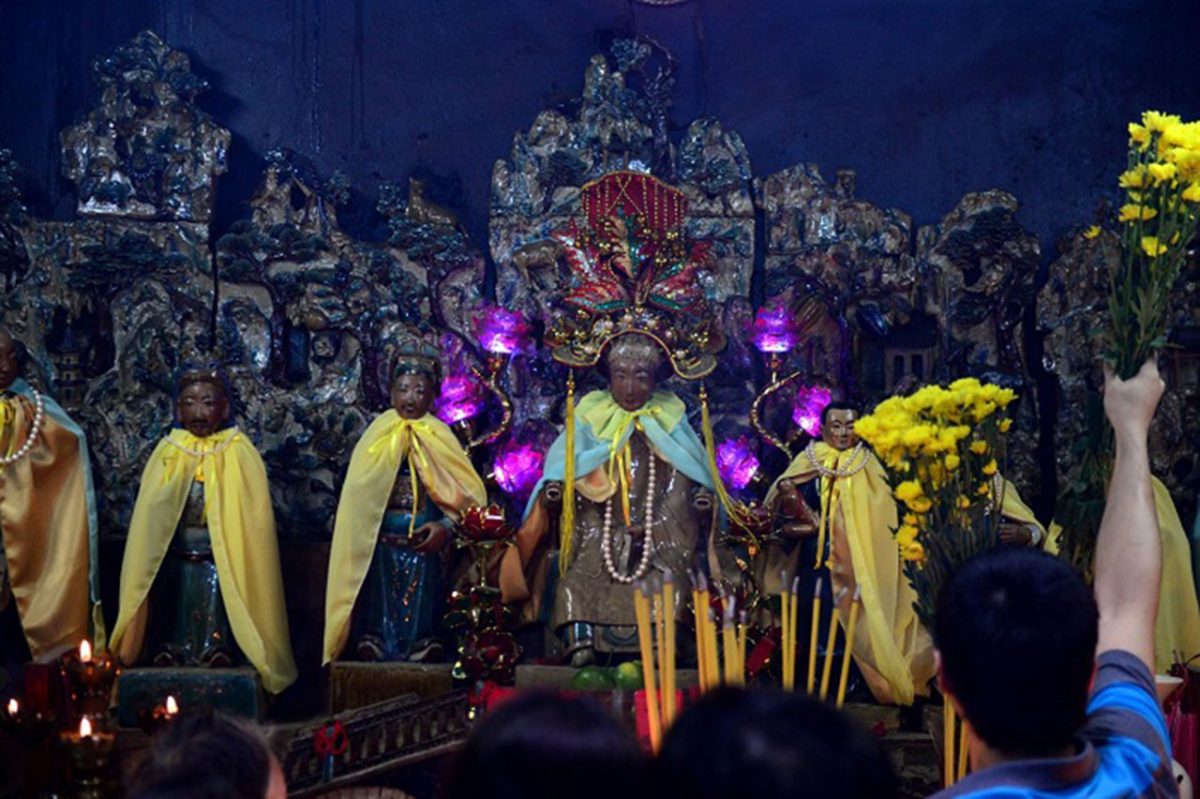
The right compartment
The right compartment includes guest houses and ancestral tablets. Visitors can see the statue of the Buddha and a wooden stair leading to the statue of Guanshiyin – The one who perceives the Sounds of the World inside the pagoda.
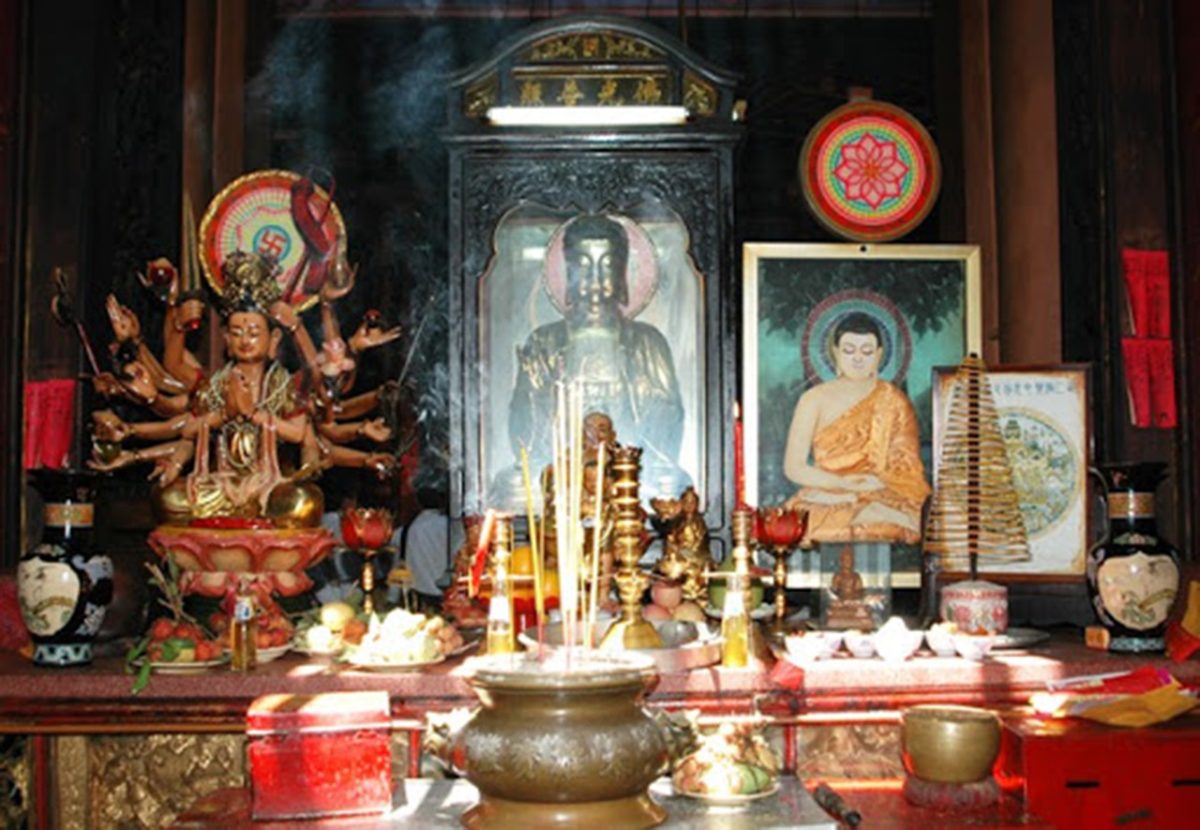
More importantly, the Jade Emperor Pagoda is still preserving many unique ancient artworks such as Worship paintings, statues, incense, diaphragm, couplets, etc. In addition, the Jade Emperor pagoda is also well-known for granting wishes for peace and health. Visitors can pray to Hoa Da fairy monk for good health and life.
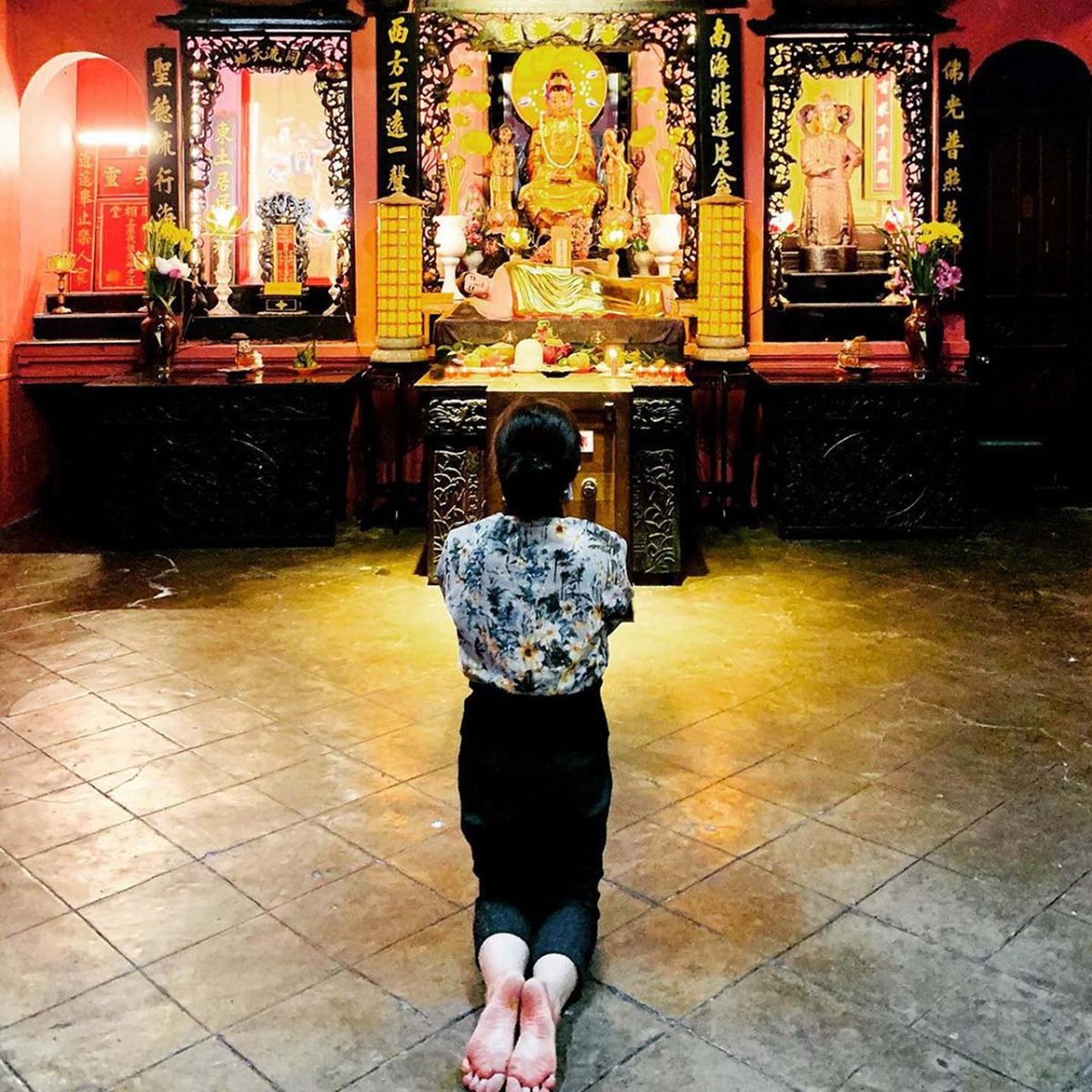
5. Best time to visit the Jade Emperor Pagoda
The pagoda has an annual ceremony to honour Jade Emperor on January 9th (Lunar Calendar). This event attracts many prayers coming to receive great blessings from him. Thus, visitors can come on this occasion to experience the festive atmosphere here.
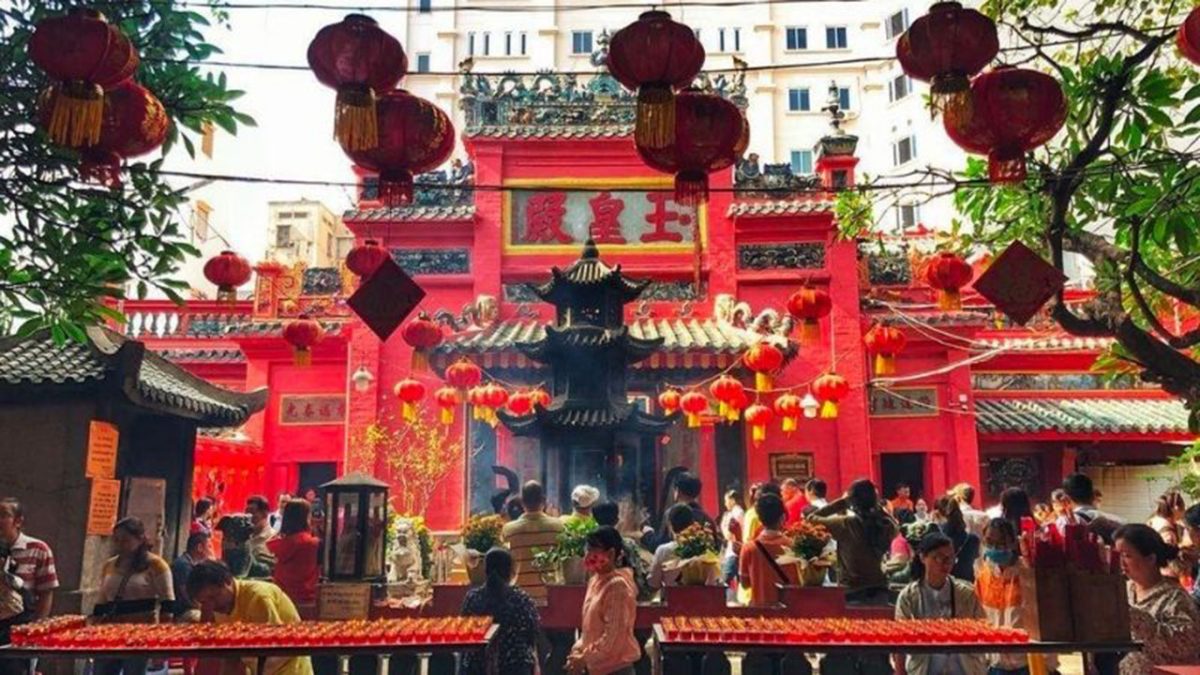
Source: https://en.wikipedia.org/


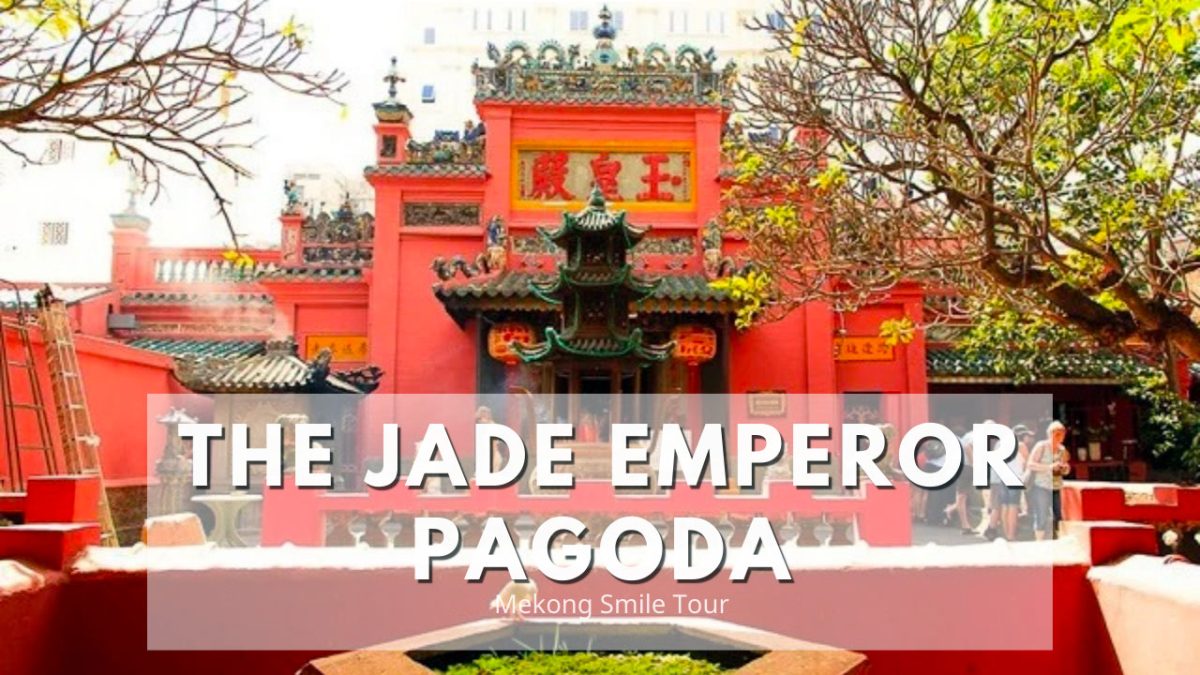
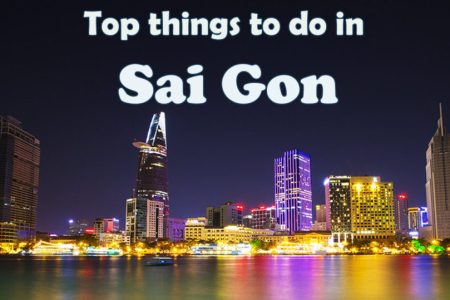


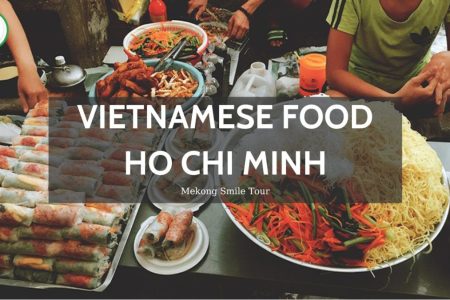
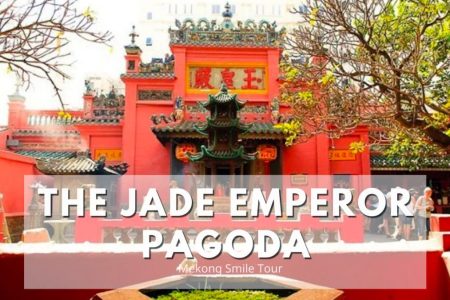
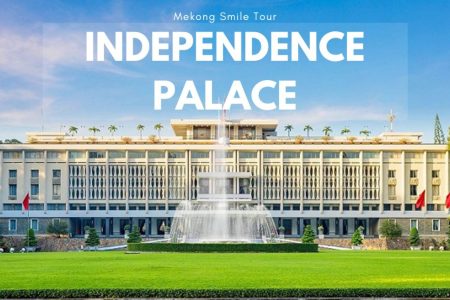
0 Comment